While Torres del Paine and Los Glaciares National Parks draw thousands of trekkers to their iconic circuits, Patagonia harbors countless lesser-known trails where solitude and pristine wilderness await those willing to venture beyond the established hiking corridors. These remote routes offer profound encounters with one of Earth’s last great wild regions without the permit systems, crowded campsites, and photography queues that increasingly define the Patagonian trekking experience.
Here is a list of remarkable wilderness trails across Chilean and Argentine Patagonia where you’re more likely to encounter guanacos, condors, and pumas than other hikers on your journey through this extraordinary landscape.
Cerro Castillo Circuit, Aysén, Chile
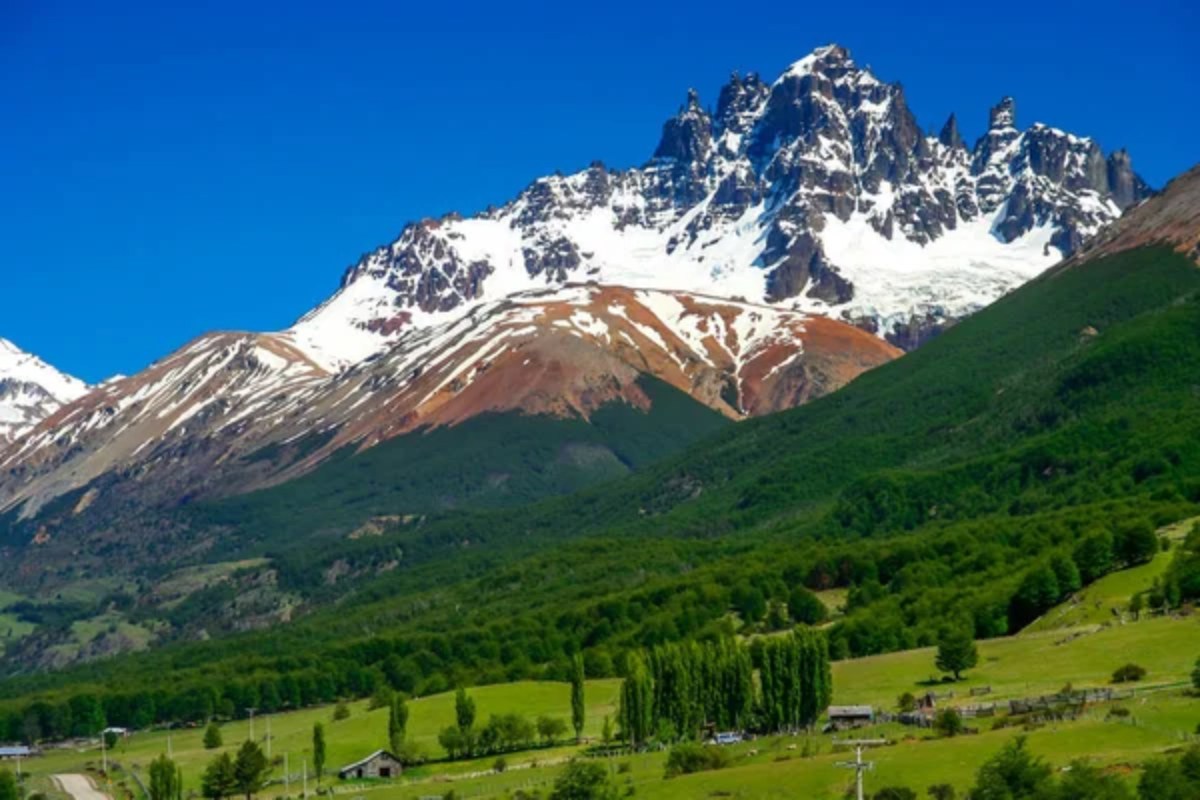
This challenging five-day traverse through the jagged Cerro Castillo massif delivers alpine scenery rivaling Torres del Paine without the crowds. Wildlife sightings include huemul (endangered Andean deer), condors soaring along ridgelines, and occasional puma tracks visible in snow-covered passes.
Though increasingly discovered by international trekkers, the route still sees a fraction of visitors that flood Chile’s more famous national parks.
Dientes de Navarino Circuit, Isla Navarino, Chile
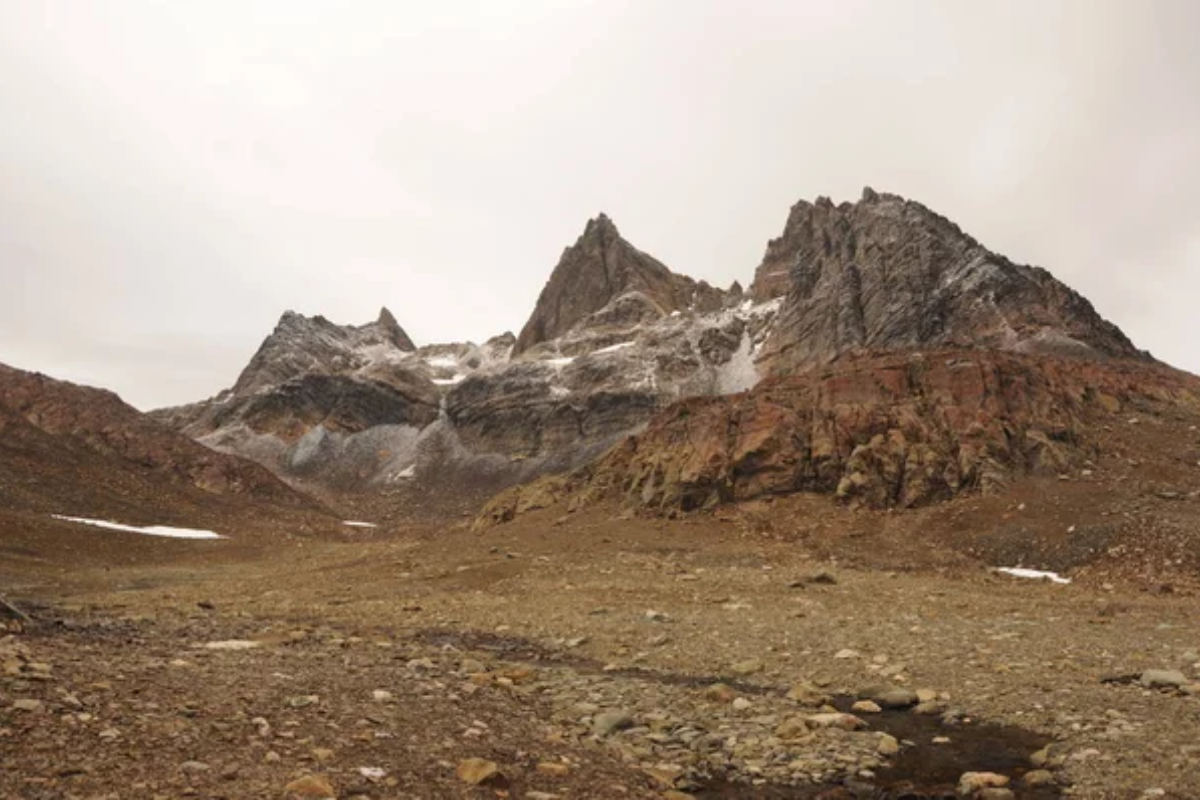
Often claimed as the world’s southernmost trek, this rugged 26-mile route circles the jagged peaks of Isla Navarino near Cape Horn, offering expansive views across the Beagle Channel. Reaching Isla Navarino requires flights or ferries to Puerto Williams, a small Chilean naval settlement that remains one of the world’s southernmost communities.
Despite growing recognition among international trekkers, Dientes de Navarino sees fewer annual visitors than Torres del Paine welcomes in a single day during peak season.
Like Travel Pug’s content? Follow us on MSN.
Sierra Baguales Traverse, Chilean/Argentine Border
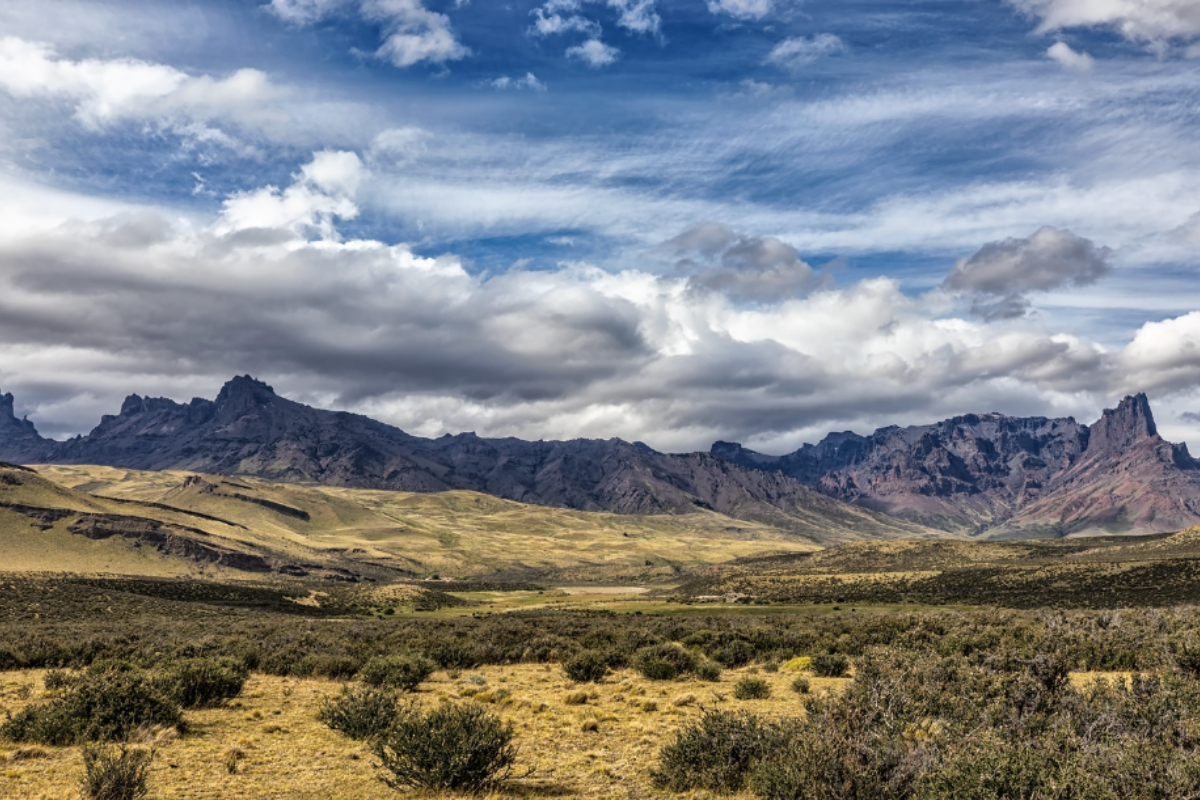
This unmarked cross-border trek through the remote Sierra Baguales range offers pristine wilderness where wild horses roam landscapes virtually untouched by human development. Lacking established trails or infrastructure, this traverse requires advanced navigation skills and true self-sufficiency, as the nearest assistance could be days away.
Permission requires coordination with private estancias (ranches) controlling access points, creating a natural barrier that keeps visitor numbers minimal.
Sierra Valdivieso Circuit, Tierra del Fuego, Argentina

Hidden in Argentina’s remote Tierra del Fuego mountains, this challenging circuit traverses landscapes shaped by both indigenous Selk’nam hunters and the region’s complex geology. Wildlife sightings often include massive Andean condors, guanacos grazing in high valleys, and distinctive tracks of Culpeo foxes visible along muddy sections.
The circuit requires advanced navigation skills using topographic maps and GPS, as minimal trail markers exist, and weather conditions frequently obscure landmarks in dense fog.
Like Travel Pug’s content? Follow us on MSN.
Río Avilés Valley, Aysén, Chile
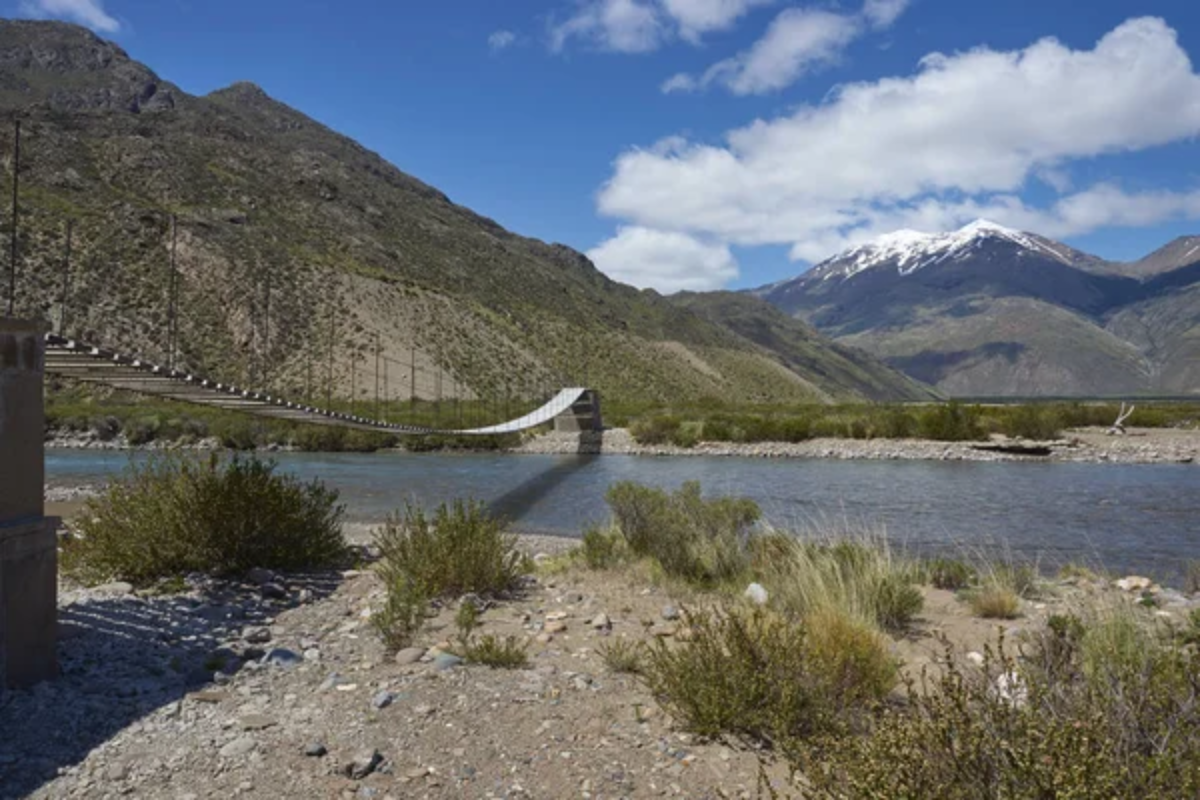
This wild valley in Chile’s Aysén region offers an extraordinary off-trail wilderness experience through landscapes virtually unchanged since the last ice age. Camping beside crystalline streams provides front-row views of the impressive Monte San Lorenzo/Cochrane massif—Patagonia’s second-highest peak—which remains virtually unknown compared to the famous towers farther south.
The Río Avilés Valley represents the increasingly rare opportunity to experience true wilderness without established trails, designated campsites, or permit systems.
Sendero de Chile Sections, Aysén, Chile
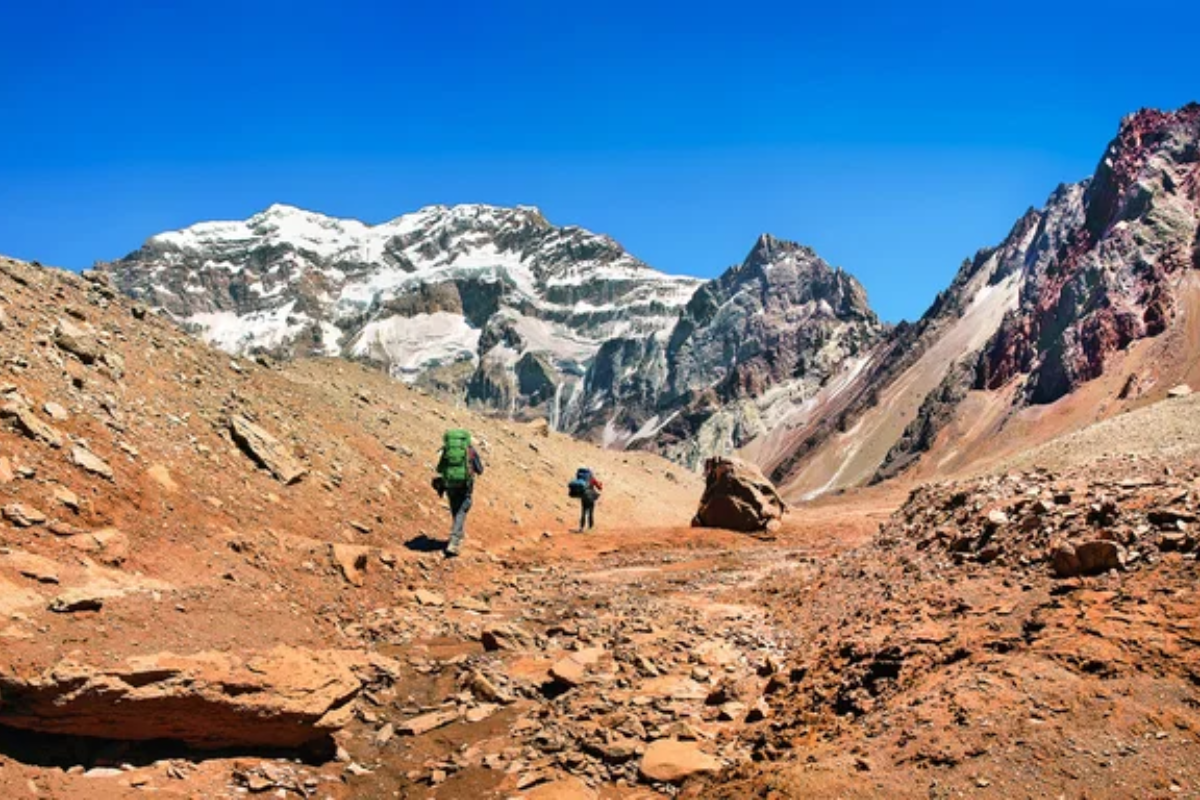
The ambitious Sendero de Chile project created isolated trail segments through remote parts of Chilean Patagonia, including remarkable wilderness routes that connect pristine valleys with minimal infrastructure. Wildlife encounters often include southern river otters, Magellanic woodpeckers, and occasional puma tracks visible in muddy sections.
Unlike established national park trails, these segments allow wild camping without designated sites.
Laguna del Desierto to Lago O’Higgins/San Martín Traverse, Chile/Argentina
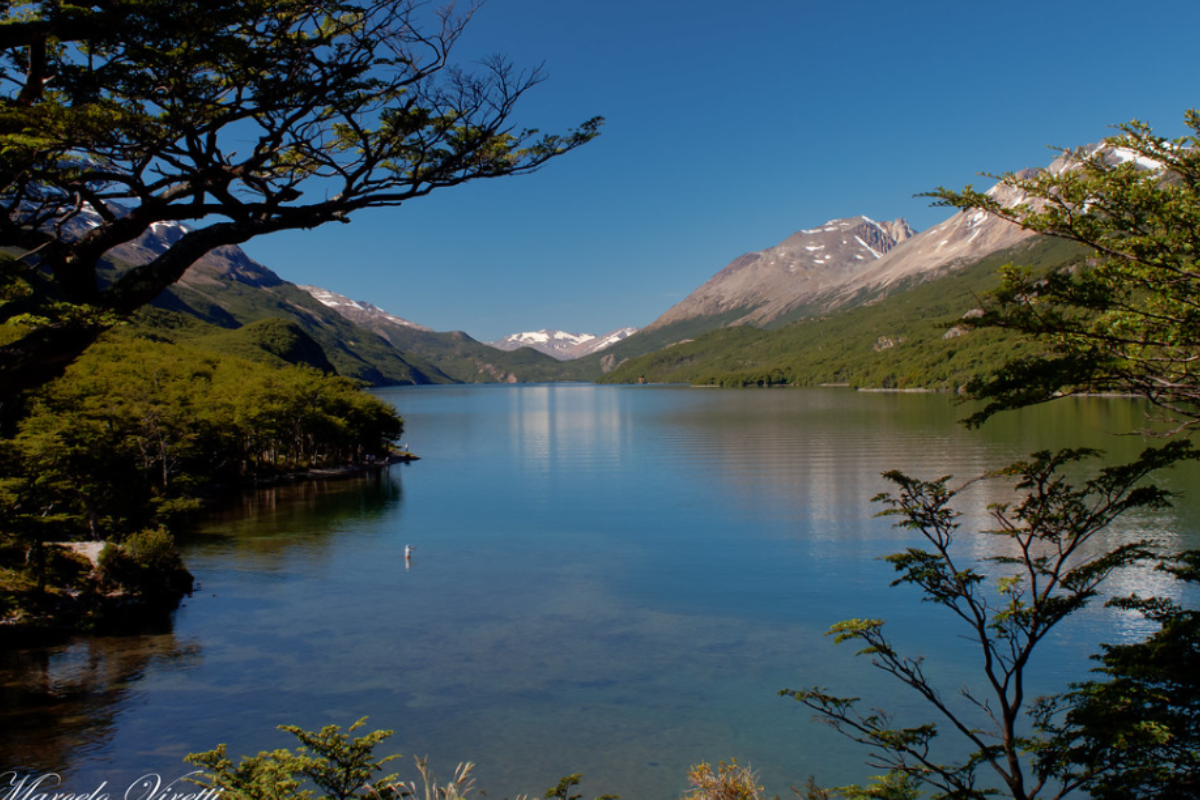
This cross-border expedition traces historical routes through disputed territories that once brought Chile and Argentina to the brink of war. Remote border crossings at isolated posts staffed by Chilean carabineros and Argentine gendarmes add a distinctive geopolitical dimension to this wilderness trek.
Despite growing interest among international trekkers seeking alternatives to crowded national park circuits, this route remains primarily the domain of experienced wilderness travelers.
Like Travel Pug’s content? Follow us on MSN.
Ruta de los Pioneros, Chubut, Argentina
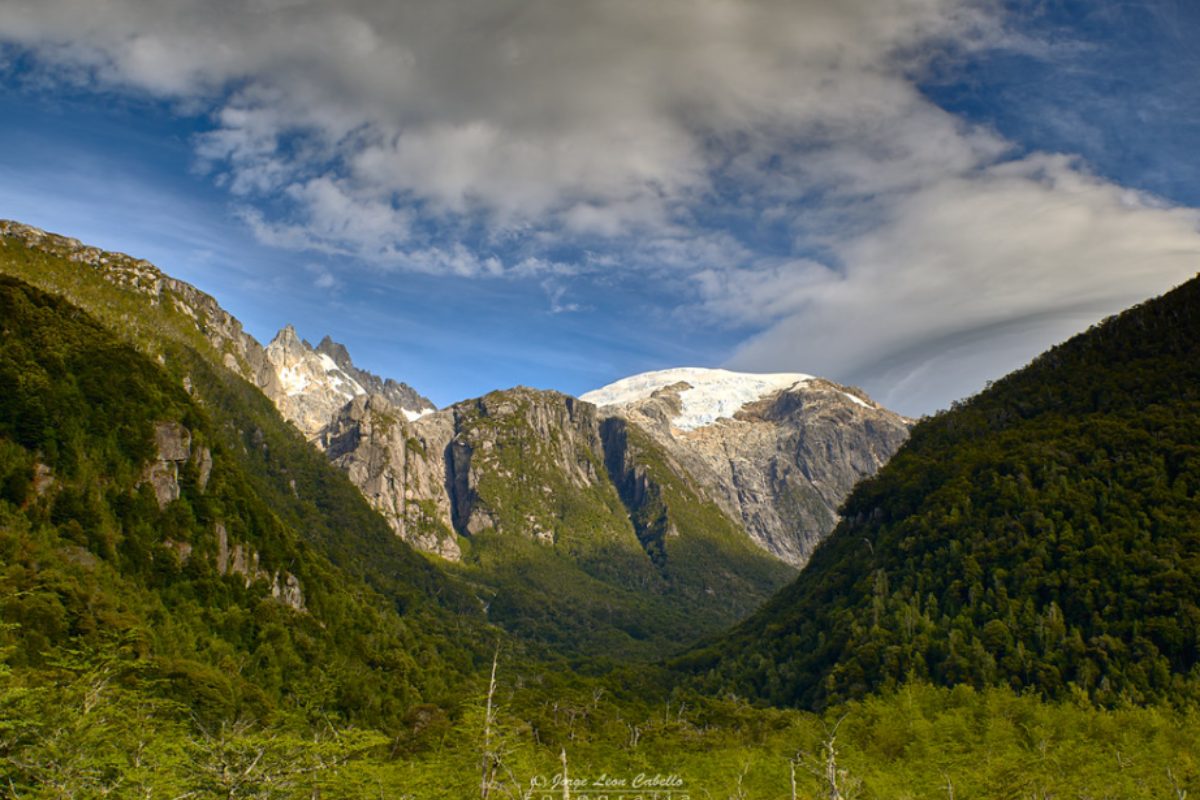
Following historic settler routes through Argentina’s remote Chubut province, this challenging trek connects isolated valleys once traveled by Welsh pioneers and indigenous Tehuelche people. Multiple river crossings require careful planning and technical skills, particularly during spring snowmelt when Andean runoff transforms placid streams into dangerous torrents.
Weather patterns shift dramatically throughout this traverse, with the Andes creating a stark rain shadow that transitions from lush forests to arid steppe landscapes within remarkably short distances.
Los Huemules Reserve Traverse, Santa Cruz, Argentina

This private conservation area adjacent to Los Glaciares National Park offers remarkable wilderness experiences without the crowds that flood nearby Mount Fitz Roy trails. Multiple ecosystems transition dramatically throughout this traverse, from dense southern beech forests to high alpine environments where permanent ice fields feed crystalline lakes rarely seen by international visitors.
Access requires advance permission and orientation at the reserve entrance, creating a natural limitation that maintains low visitor numbers.
Parque Patagonia Lagunas Altas Trail, Chile
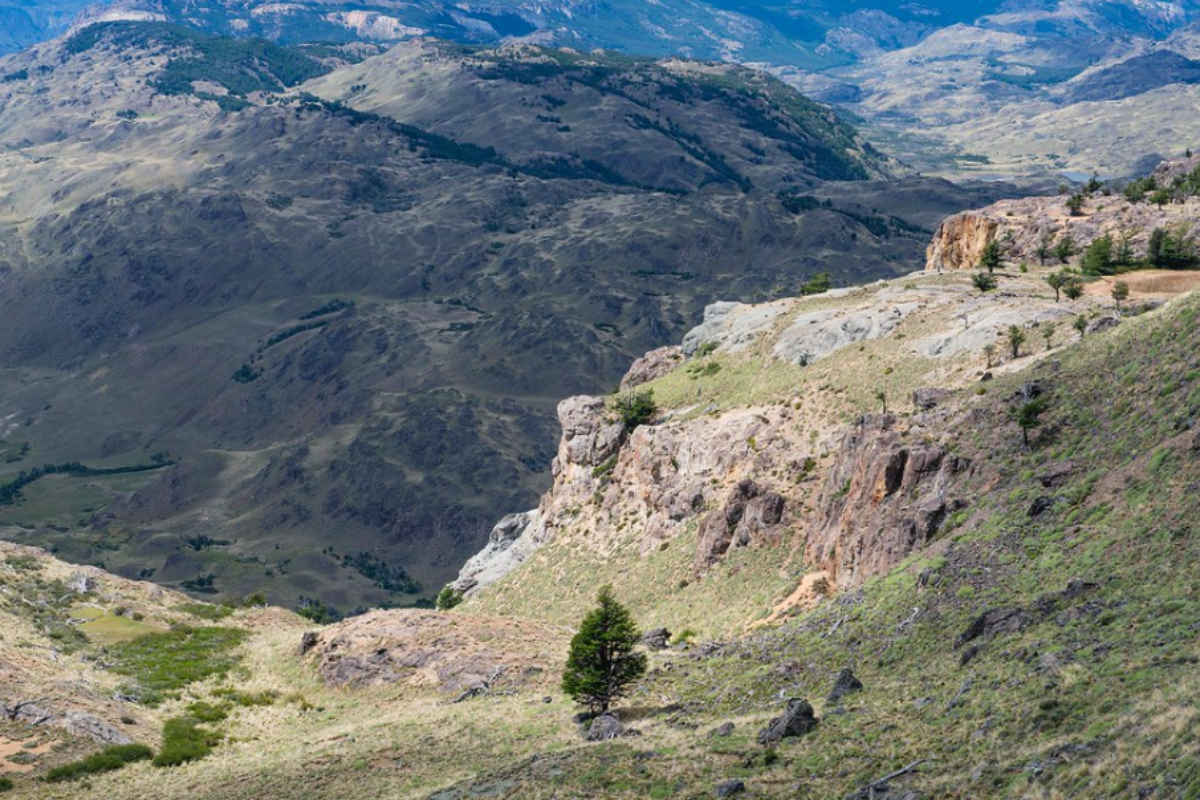
This ambitious rewilding project established by conservation philanthropists offers a remarkable 14-mile circuit through landscapes being actively restored from century-old ranching damage. Conservation efforts visible throughout include native species reintroduction, grassland restoration, and former ranch infrastructure being systematically removed to return this ecosystem to its pre-colonial condition.
Unlike most Patagonian wilderness areas that evolved without large predators, this ecosystem features actively managed puma populations that occasionally leave evidence of successful hunts visible from the trail.
Like Travel Pug’s content? Follow us on MSN.
Reserva Provincial Lago del Desierto Trails, Santa Cruz, Argentina
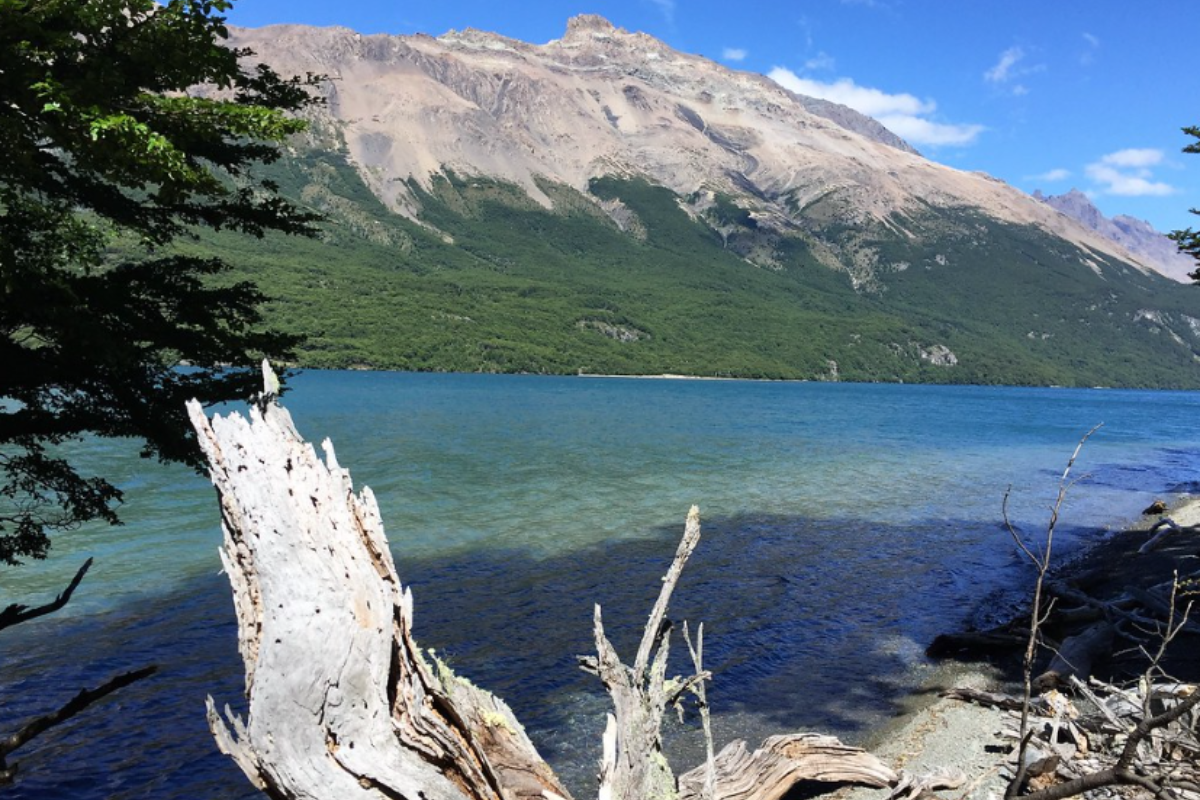
This provincial reserve on the Chilean border offers stunning wilderness experiences in the shadow of Mount Fitz Roy’s northern face. The reserve’s limited infrastructure keeps these extraordinary landscapes the domain of self-sufficient travelers comfortable with basic refugios or wilderness camping.
Wildlife sightings frequently include massive Andean condors, Austral parakeets, and occasional evidence of pumas hunting guanacos along remote valley sections.
Paso Marconi Expedition, Los Glaciares, Argentina
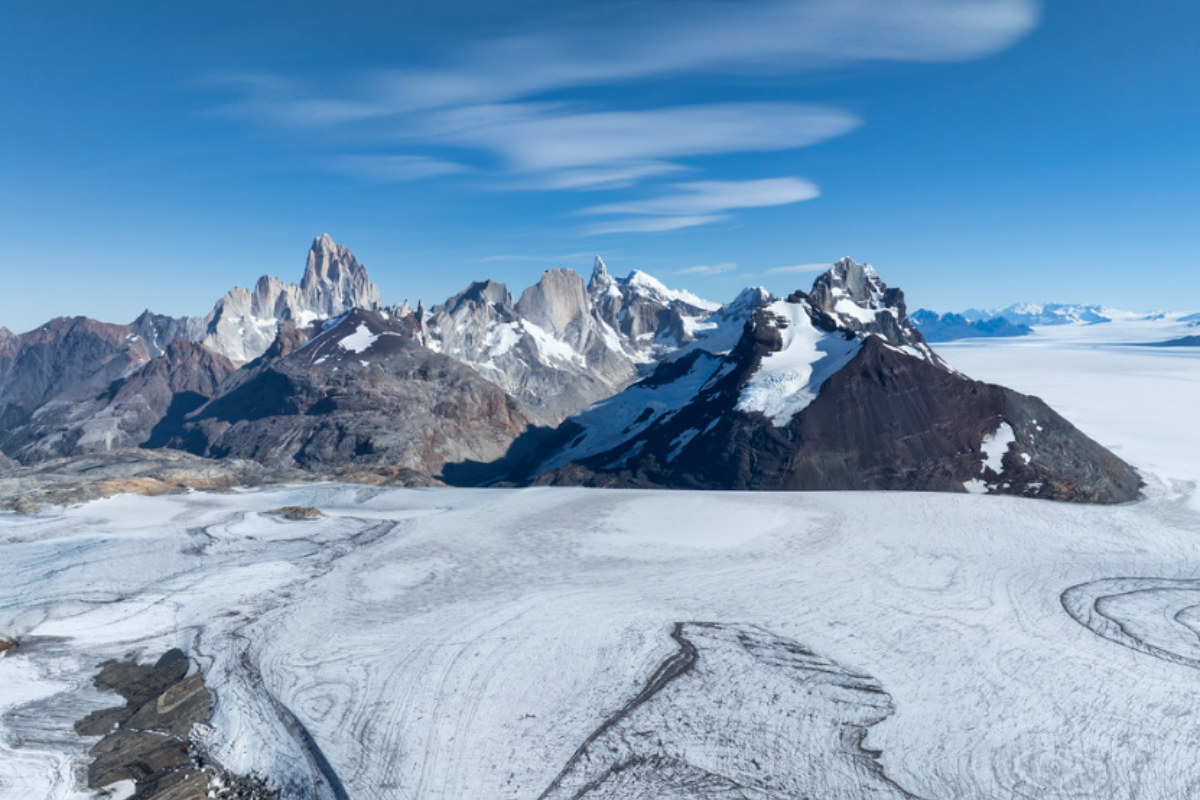
This technical route provides extraordinary access to the rarely-seen interior of the Southern Patagonian Ice Field through a challenging expedition that combines mountaineering and trekking skills. Technical challenges include glacier travel requiring proper equipment and experience, with crevasse navigation, unpredictable weather, and katabatic winds creating conditions suitable only for properly prepared expedition teams.
Unlike nearly all other Patagonian trekking experiences, this expedition requires special permits and often local guides with intimate knowledge of current ice conditions.
Río Turbio Valley Trek, Chile
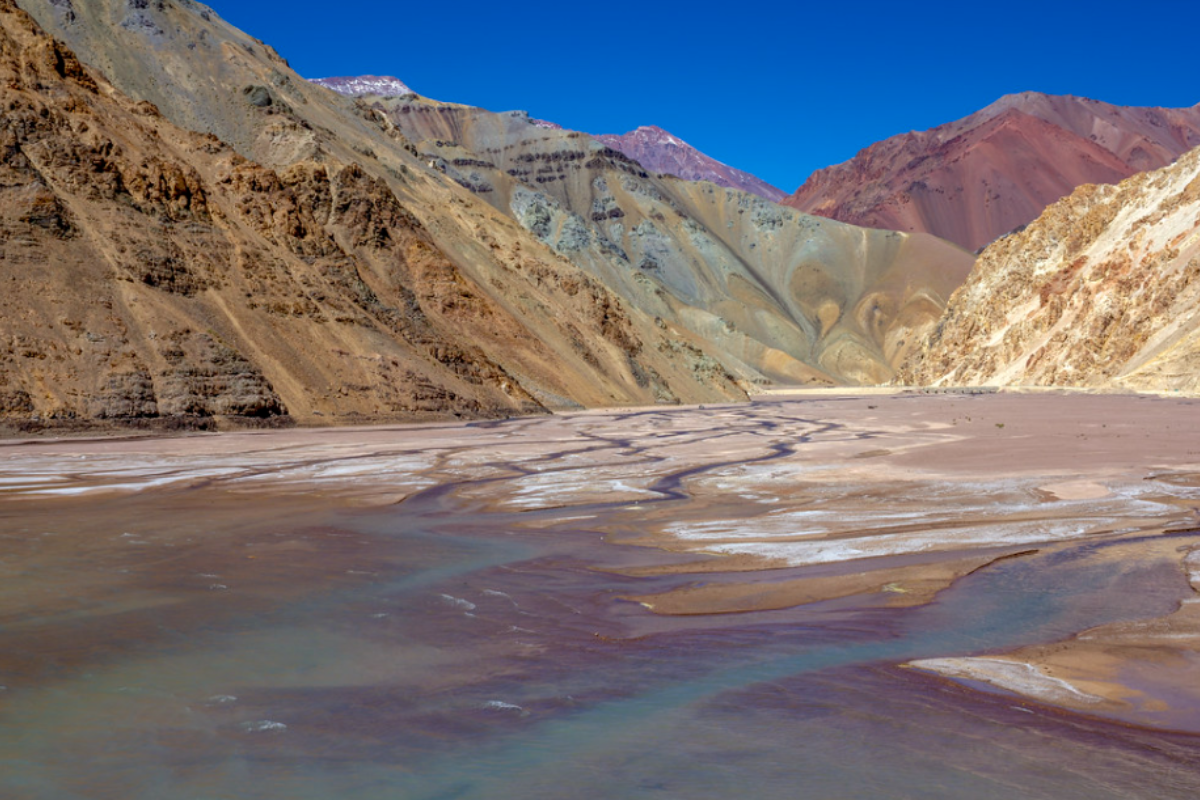
This hidden route in Chile’s Aysén region follows an unmarked path through pristine wilderness where ancient southern beech forests give way to dramatic alpine cirques beneath glaciated peaks. Multiple river crossings require careful technique and timing, particularly during afternoon hours when glacial melt increases water volume.
Wildlife encounters often prove remarkably intimate due to minimal human presence, with animals exhibiting natural behaviors rarely displayed in heavily-trafficked national parks.
Like Travel Pug’s content? Follow us on MSN.
Cerro San Lorenzo Approach, Chile/Argentina
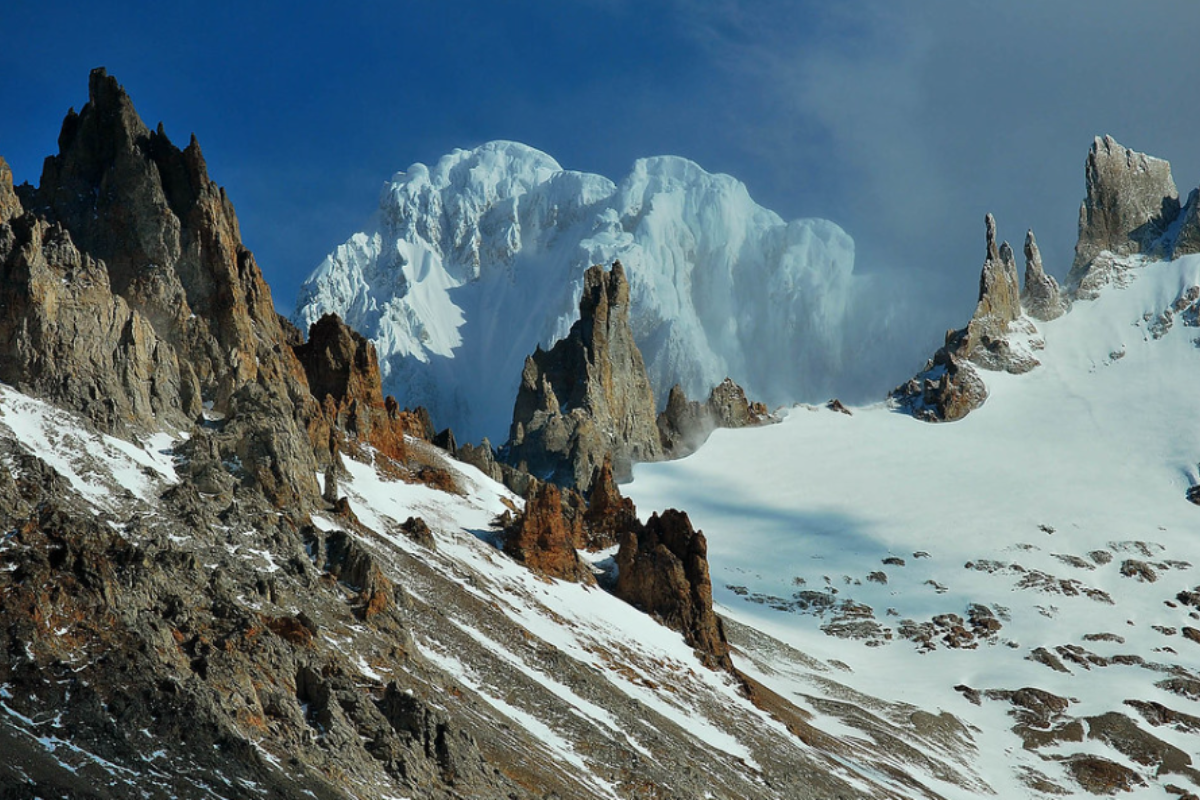
This challenging expedition accesses Patagonia’s second-highest peak (2.3 miles) through pristine wilderness spanning the Chile-Argentina border. Evidence of puma hunting activity often appears along this route, with guanaco remains occasionally visible near the tree line.
Unlike many comparable mountain approaches worldwide, this route has escaped the development of formal trails, designated campsites, or permanent infrastructure that would diminish its wilderness character.
Glaciar Exploradores Traverse, Northern Patagonian Ice Field, Chile
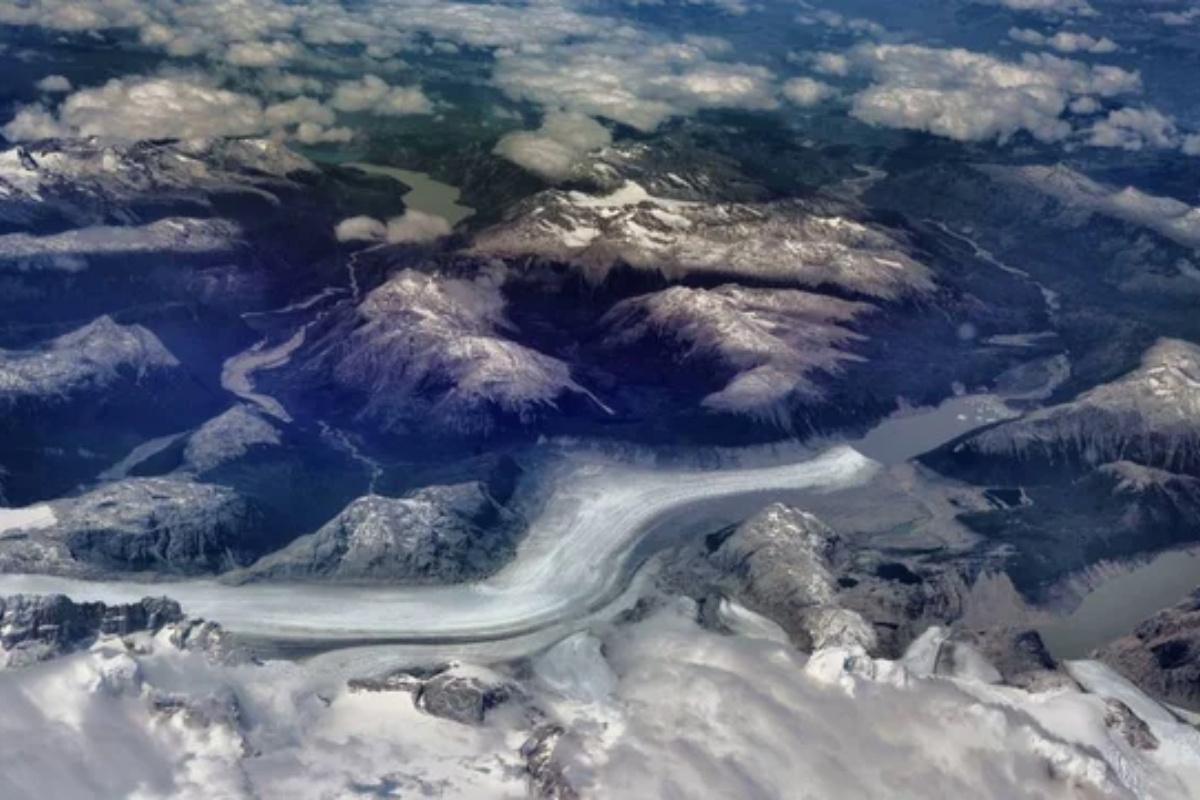
This challenging route provides rare access to the less-visited Northern Patagonian Ice Field through a remarkable traverse connecting temperate rainforest to active glaciation zones. Unlike heavily regulated southern ice field routes, this area permits experienced trekkers with proper equipment to explore the glacier’s remarkable features without formal guides.
The route’s relative obscurity derives partly from its location outside established national park boundaries, despite comparable grandeur to protected areas farther south.
Cordón Soler Approach, Río Santa Cruz, Argentina
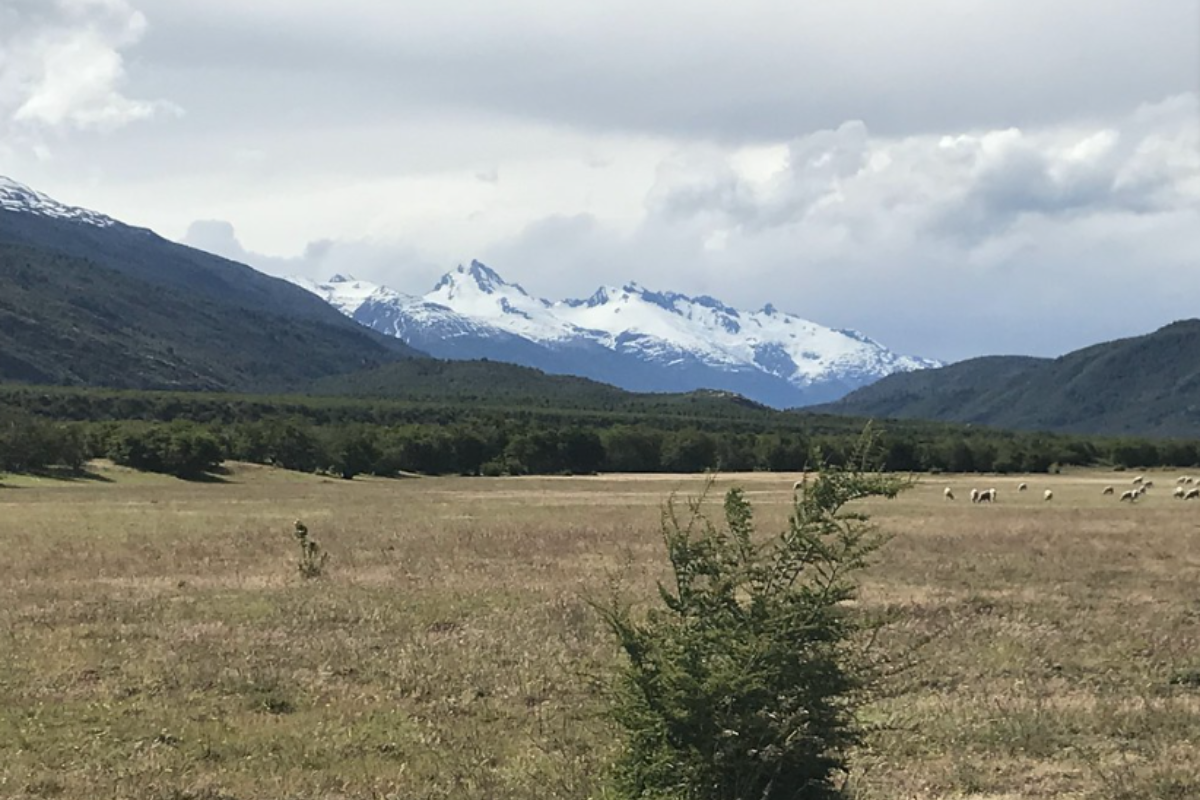
This challenging expedition accesses the eastern approach to the Southern Patagonian Ice Field through landscapes that combine Patagonian steppe, southern beech forest, and alpine environments. Multiple river crossings present technical challenges, particularly during spring snowmelt when Andean runoff transforms placid streams into dangerous torrents.
The route’s eastern approach creates distinctive experiences through Patagonia’s rain shadow landscapes, where precipitation decreases dramatically, moving away from the Andes.
Like Travel Pug’s content? Follow us on MSN.
The Wild Beyond Postcards
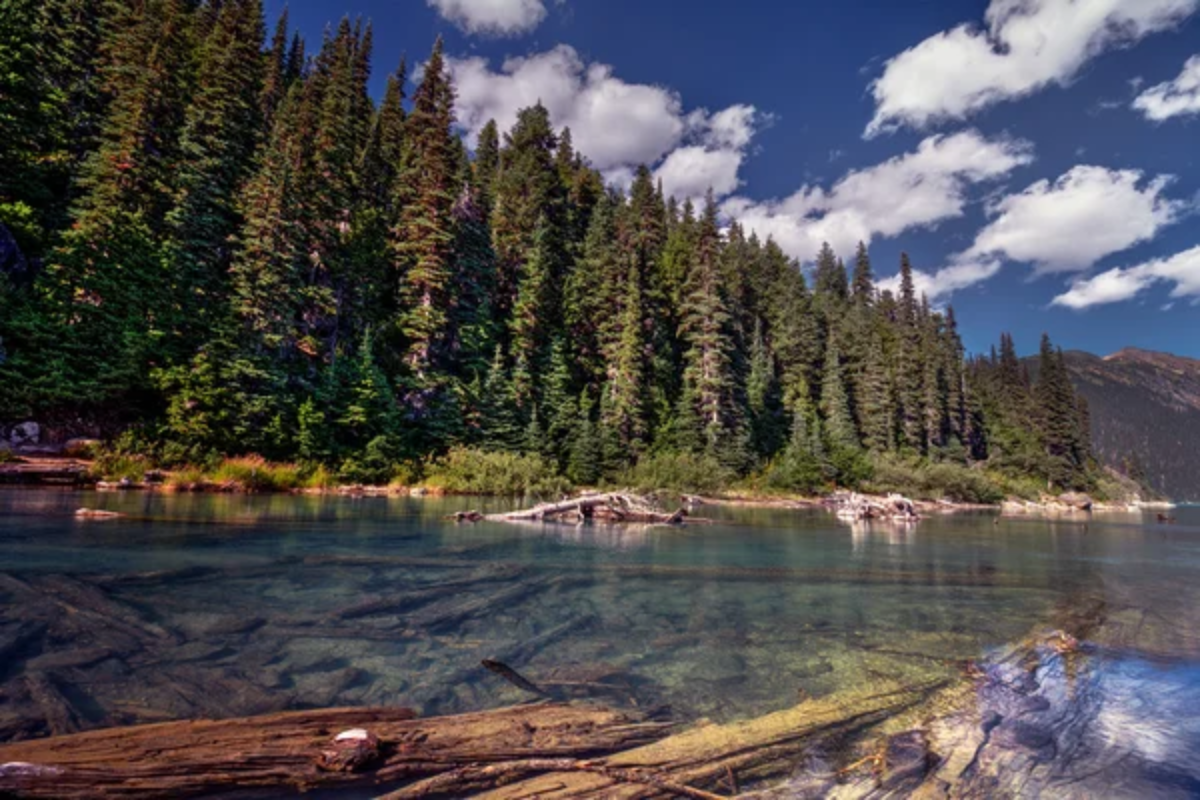
These extraordinary routes represent Patagonia beyond the famous postcard views, where genuine wilderness experiences await those willing to venture past established circuits, comfortable refugios, and guided tour itineraries.
While social media has transformed once-obscure Patagonian landscapes into international trekking highways, these alternative routes demonstrate how solitude remains possible for those willing to research carefully, prepare thoroughly, and step beyond established patterns. For experienced wilderness travelers seeking a profound connection with one of Earth’s most remarkable landscapes, these pathways offer the increasingly rare opportunity to experience Patagonia as early explorers did.
More from Travel Pug

- 20 Mind-Blowing Things You Probably Didn’t Know You Could Do in the U.S.
- The Best Cruise Ship Experiences for U.S. Citizens
- The Best U.S Travel Destinations for Golf Lovers
- The 25 Most Dangerous Cities in the World (Exercise Caution if Travelling There)
- The Best Fall Foliage Spots in New England (Must-See Places)
Like Travel Pug’s content? Follow us on MSN.
